The best glass smartphones on Android. Gorilla Glass: everything about the famous glass
Today, most users of modern smartphones are aware of Gorilla Glass's ultra-strong protective glass. But what do you know about the history of its appearance and manufacturing technology? Why does this thin glass have such amazing properties? Did you know that this technology was first introduced in 1962? In this article we will focus on interesting facts regarding the history of the appearance and the display protection technology itself, and, of course, we will do short reviews in which we consider smartphones with protective glass Gorilla Glass.
Gorilla glass
Today, smart phones with Gorilla Glass protective glass are widely represented on the market. Models from various manufacturers have this protection. The history of the emergence of technology is very interesting. For the first time a material called Chemcor was developed in 1962. Despite the fact that the product had unique properties, it did not have any practical use in those years. They remembered him only in the XXI century. Despite the fact that often the idea to install scratch-resistant glass on a smartphone is assigned to Steve Jobs, this technology was first implemented on the Nokia N8 in 2008.

Today smartphones with protective glass Gorilla Glass, which is produced by the American Corning Corporation, occupy about 20% of the total mobile phone market. In addition, such protection is found in tablets, laptops and even TVs.
The history of the problem
The problem of protecting the screen of a mobile phone has become most urgent with the advent of smartphones. Until that time, many models used durable, albeit expensive, sapphire crystal. In addition, the market was a large enough mass of phones of various form factors, the screen of which was closed when not in use. But for devices with touch screens, the problem of preserving a large area of the working screen has become particularly acute.
The first sensory devices had resistive displays, which, for technological reasons, should have a certain flexibility. In the manufacture of such displays used plastic and glass. Such surfaces had no protection from scratches, any sharp object could damage them. As a result of the development of display technology, capacitive sensor arrays appeared on the market. However, they could not deal with scratches, because the top layer was the same glass, just with an electrical conductor.
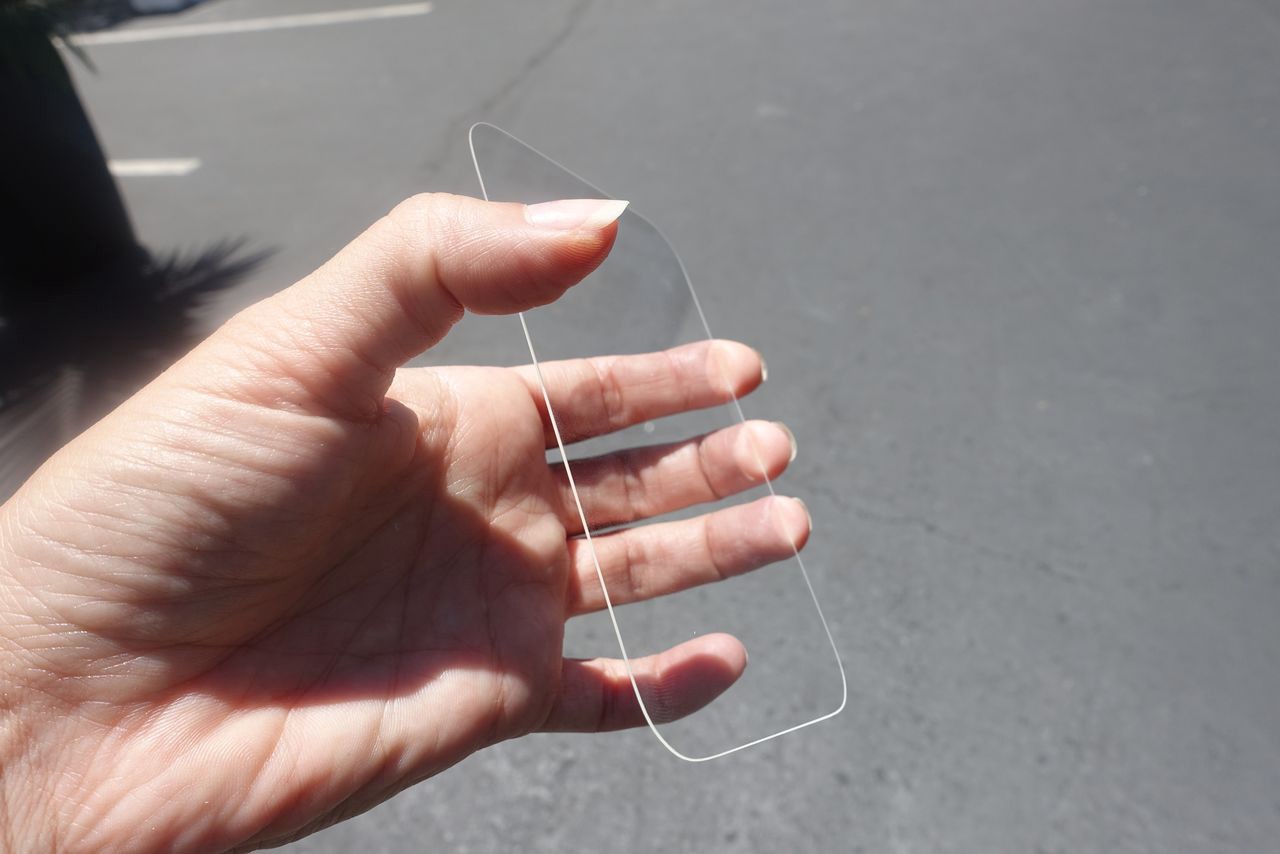
The appearance of glass Gorilla Glass
Significant improvements in the situation with the protection of displays appeared only after manufacturers began to use Gorilla Glass. The advanced Chemcor technology has made it possible to obtain durable and at the same time thin glass. This made it possible to ensure a sufficiently high sensitivity of the sensor matrix, not to distort the optical qualities of the screen, and most importantly, to protect the screen of the device from minor damage, scratches and chips.
Gorilla Glass is made from aluminosilicate. This material has an extremely high resistance to mechanical damage (scratches and bumps). It is possible to achieve such qualities thanks to a certain technology of chemical processing of the material, in which sodium ions are replaced by potassium ions.

After the appearance of the first Gorilla Glass phone in the market in 2008, in 2012, Corning Corporation presented the second generation of Gorilla Glass 2 protective glass. While maintaining resistance to mechanical damage, the new glass has become 20 thinner.
The effectiveness of the protection of Gorilla Glass
It is believed that the safety glass of Gorilla Glass is almost impossible to scratch or break. Being in a pocket or bag, next to sharp metal objects, the smartphone screen should not be damaged. Despite this, in various forums there is information that such protection is not always effective, and the screen of the device may be damaged. What is the reason for this phenomenon?
To understand the essence of the problem, you need to remember a little things such as strength and hardness. The Mohs scale is used to determine hardness. Hardness determines the properties of a particular material to resistance when another body is introduced into it, as a rule, more solid. In simple terms, a harder material can scratch another, with a lower hardness indicator. To determine the hardness applied d0 reference minerals.
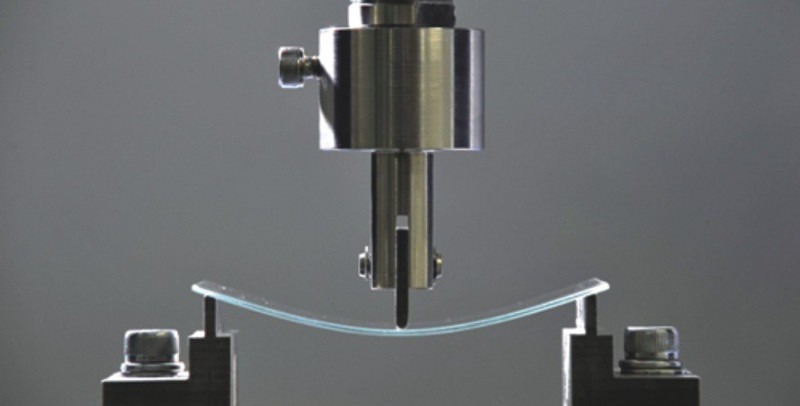
The hardest mineral, according to the Mohs scale, is diamond. He can scratch everything, and the glass can just cut it. The protective glass of Gorilla Glass, in accordance with this scale, has a hardness of 6-6.5. For comparison, the metal hardness reaches only 5–5.5. Accordingly, the higher the material indicator on this scale, the harder it is. Now you understand why it will not be possible to scratch the protective glass of Gorilla Glass with simple keys or scissors, because the material from which they are made is simply softer.
Another interesting feature is strength. It determines the ability of a material to resist destructive external influences. Safety glass has both strength and flexibility. This helps to safely withstand accidental shocks in the fall. However, if you set a goal, the glass of Gorilla Glass can still be broken.
What to fear
Despite excellent performance, Gorilla Glass may be damaged. And the danger is a widespread material - quartz. The name of the substance comes from the German Quarz, which translates as "solid." Quartz has a Mohs hardness of 7 units. This suggests that if there are quartz sand grains near the smartphone, they can damage its display by scratching its surface.
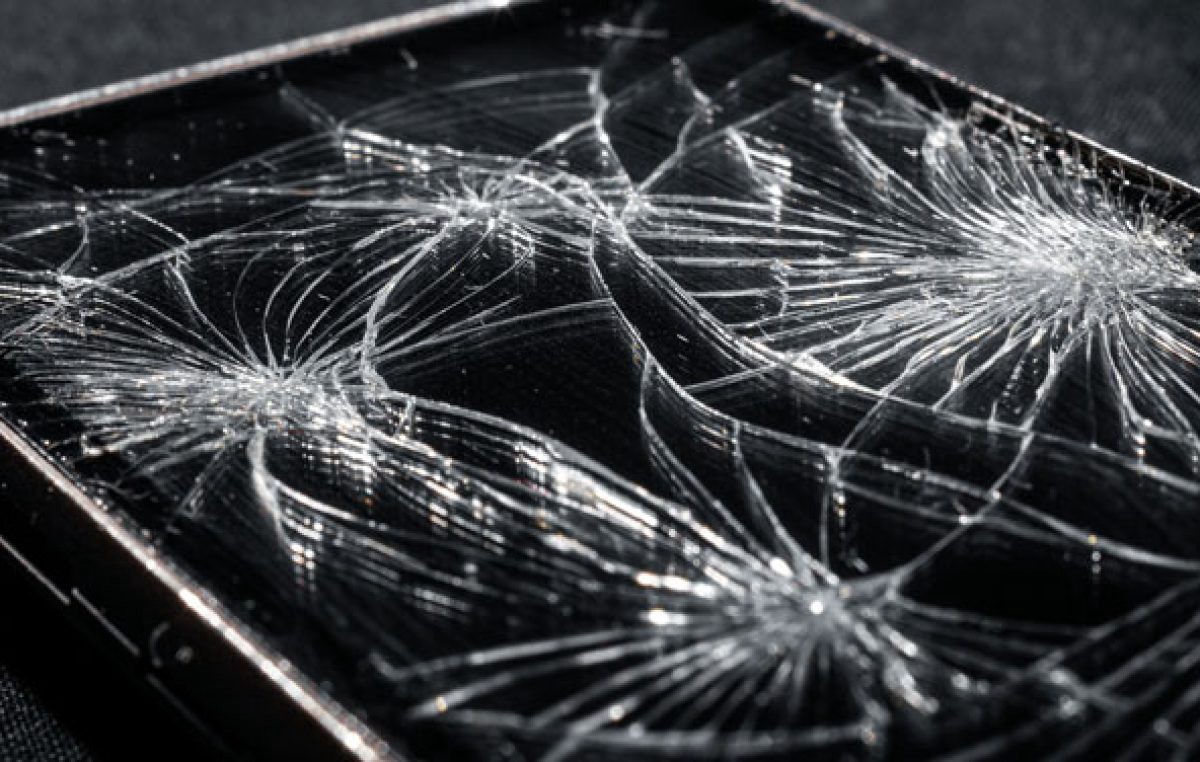
At the same time, it is worth noting that manufacturers of Gorilla Glass do not stop on their laurels and offer new versions of protective glass to the market. A year after the announcement of the second generation, Gorilla Glass 3 was presented. The third generation - more protection from scratches and bumps.
If you need a high-quality smartphone that not only meets all modern requirements for power and speed, but also has reliable protection against screen damage, we recommend paying attention to the products of the British company Wileyfox.
A modern smartphone has long been something more than a means of communication and communication.
For business people it is a sign of status, for young people it is a multimedia entertainment center. Many users want a device that can perform any task, and some look important. As the saying goes: "Meet on clothes ...".
We have selected the best smartphones that have received a unique design thanks to the glass coating.
Attention! The selection includes devices that were released before April 2016. April prices are also.
Samsung Galaxy S7
The flagship is not only design, but also technical features. First of all, it is worth noting the glass coating on the front and rear panels. The manufacturer himself calls it 3D, since such a rounding Gorilla Glass 4 has not yet been applied.
The flagship is certified according to the IP68 standard, so it is not afraid of dust, dirt, rain or immersion under water, although the latter is in doubt.
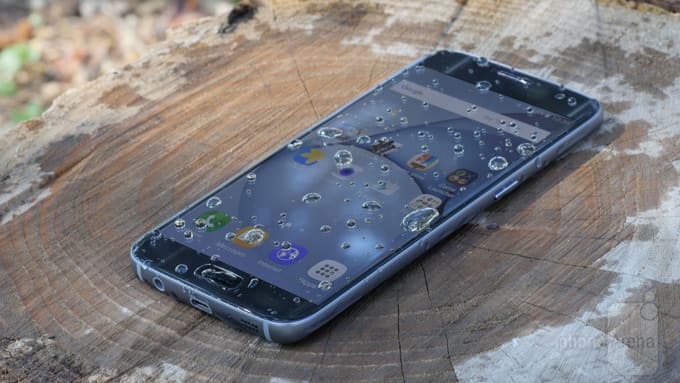
The performance of the flagship is very high and can compete with any members of the premium class. For different markets, smartphones with Snapdragon 820 and Exynos 8890 processors are released, the RAM capacity is 4 GB, and the built-in memory is available in several versions: 32, 64 and 128 GB.
Price: from 50 000 rubles.
Samsung Galaxy S6 Edge
At the time of the presentation, the smartphone was recognized as the best design solution. This effect was provided by glass panels, which had a rounded shape. Also presented were unique colors that looked gorgeous under glass.

The manufacturer did not dwell on the perfect design and equipped the device with top-end equipment. The device has received an 8-core processor Exynos 7420 and 3 GB of RAM. The amount of internal memory is available in three versions: 32, 64 and 128 GB. The main camera of 16 megapixel is equipped with an optical stabilizer, the battery capacity was 2600 mAh.
Cost: about 45,000 rubles.
Despite some complaints about the design, it turned out to be very attractive. All this is the result of a good combination of body materials - metal and glass. The latest smartphone is covered both from the front and from the back side. At the same time, the screen received even tempered glass, and the back panel is covered with curved glass with a 2.5D effect.
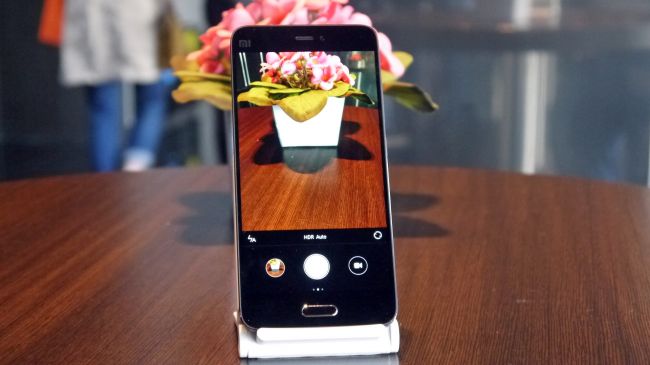
The flagship of 2016 is. This reputation was secured by the Snapdragon 820 processor and 3 GB LPDDR4. Together with the graphics adapter Adreno 530, the smartphone turns into a well-coordinated system, ready to perform any tasks. The amount of ROM can be 32 or 64 GB. The 3000 mAh battery supports Quick Charge 3 technology.
Price: about 30,000 rubles.
On both sides of the gadget is covered with glass Gorilla Glass 3, and on the sides are metal frames that ensure its safety during falls. The appearance is normal and does not stand out in any way: the presence of a glossy glass surface does not give a special charm, and the device is available only in white and black colors.
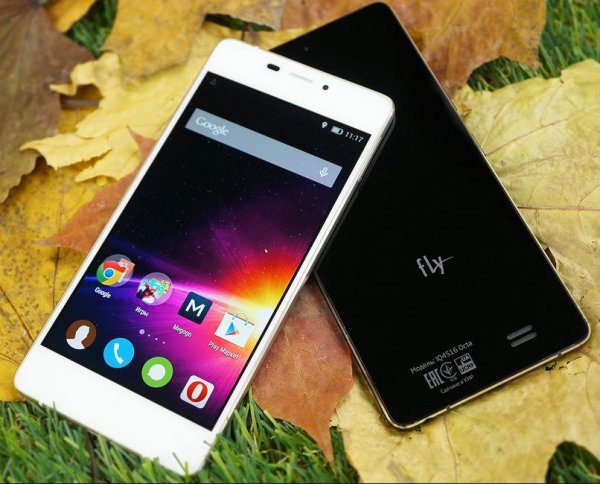
As for performance, everything is pretty simple here too. A small amount of RAM (1 GB) and an 8-core MediaTek MT6592 processor ensure stable operation and performance of standard functions. The device got the main camera of 8 megapixel and a battery with a capacity of 2050 mAh.
Price: about 13,000 rubles.
A bright representative of the budget class of devices, a distinctive feature of which was the appearance. The back panel is completely made of tempered glass and has some features: it is the company logo, which is highlighted in the process of charging or unlocking.
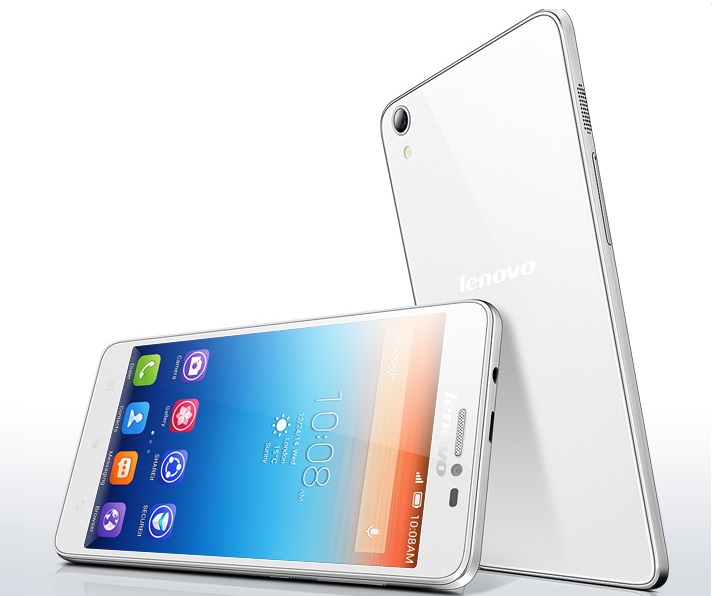
The phone works on a 4-core processor, 1 GB of RAM and 16 GB of internal memory. This is quite enough to perform daily standard functions.
Another smartphone from Lenovo, but a higher class. In fact, it is a camera phone, the design of which is similar to digital cameras, for example, Sony T100. The body is covered with Corning Gorilla Glass 3 glass from the front and back sides, the remaining parts are framed with chrome metal.
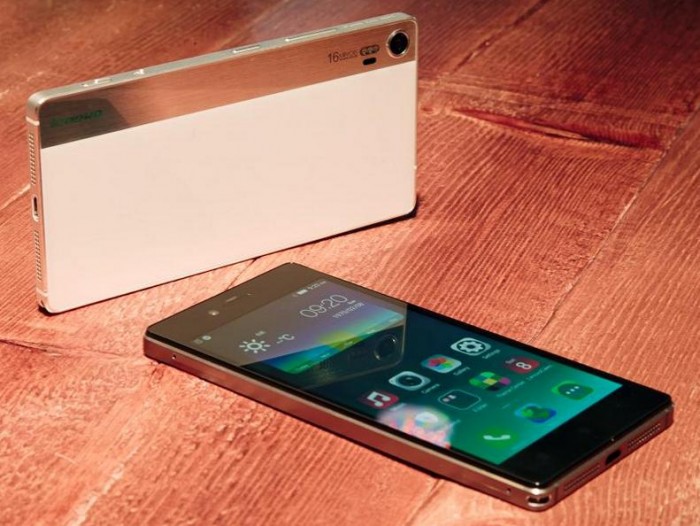
In terms of performance, the gadget does not lag behind competitors: the 8-core Snapdragon 615 processor and 3 GB of RAM provide ample opportunities for use in any direction. Built-in memory is available in the amount of 32 GB, the 16-megapixel main camera is represented by a 6-element sensor. Non-removable battery, 2900 mAh.
He could have remained in oblivion, if not for the design features. First, the back panel is completely covered with Corning Gorilla Glass 2. In combination with color, it seems as if there is a deep blue sea under the glass. Secondly, the gadget is recognized as the thinnest device in 2015 - the thickness of the case is only 4.7 mm.
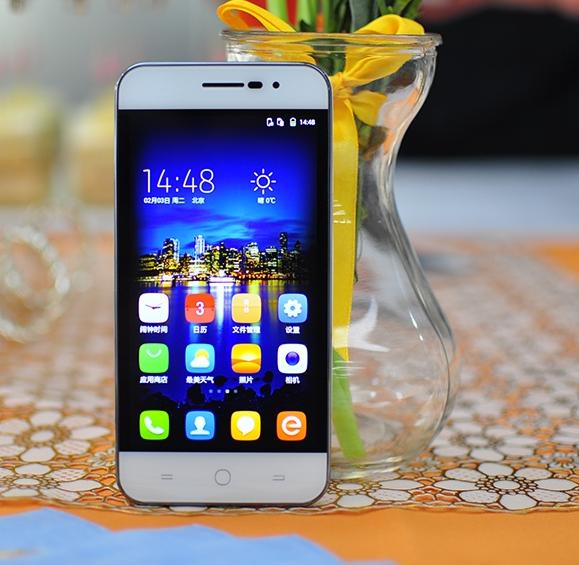
However, the technical characteristics refer the device to the budget class. The device received 1 GB of RAM and a 4-core processor. Small dimensions reflected on the battery, the capacity of which was 1800 mAh.
Cost: about 12,000 rubles.
The device case consists of two glass sandwich panels. With this and a glossy finish - not the only advantage. The case of the device is made according to the IP68 standard and allows you to immerse it to a depth of two meters for 30 minutes. The side faces are made of aluminum, and all connectors are securely closed with plugs.
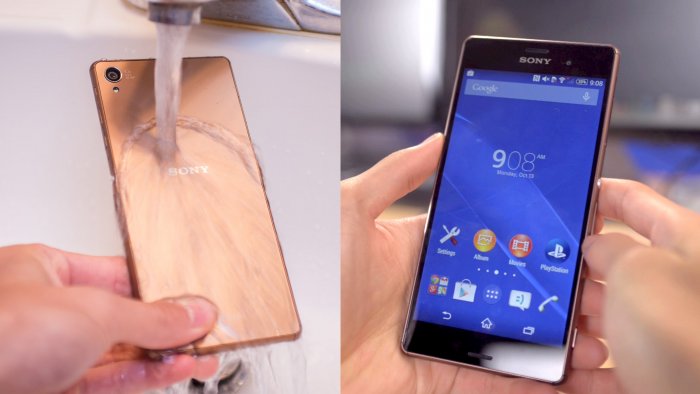
System and user tasks perform a 4-core Snapdragon 601 processor and 3 GB of RAM. The internal drive received a volume of 16 GB. Non-removable battery with a capacity of 3100 mAh provides autonomous operation during the day with active use. The resolution of the main camera - 21 MP.
Price: about 40,000 rubles.
Many argue that the device is almost the same as its predecessor P6 in terms of design. It is difficult to argue, but sometimes it is only for the best. Ascend P7 got a very attractive appearance due to the coating of Gorilla Glass 3 on both sides of the case. On the back there is a bitmap, which is made using a 7-layer overlay glass.

The middle class smartphone is equipped with a 4-core Kirin 910T processor, which works in tandem with 2 GB of RAM. There is support for microSD cards, with which you can expand the standard 16 GB of memory. The battery capacity is 2500 mAh, the sensor of the main camera has a resolution of 13 megapixels and the technology of reverse illumination.
Cost: about 20,000 rubles.
Another masterpiece of design art with glass back cover. However, not just tempered glass is used, but sapphire glass. In addition, it has a pattern in the form of gem faces and an incredibly beautiful color of purple-blue. Appearance is the main advantage of the smartphone.
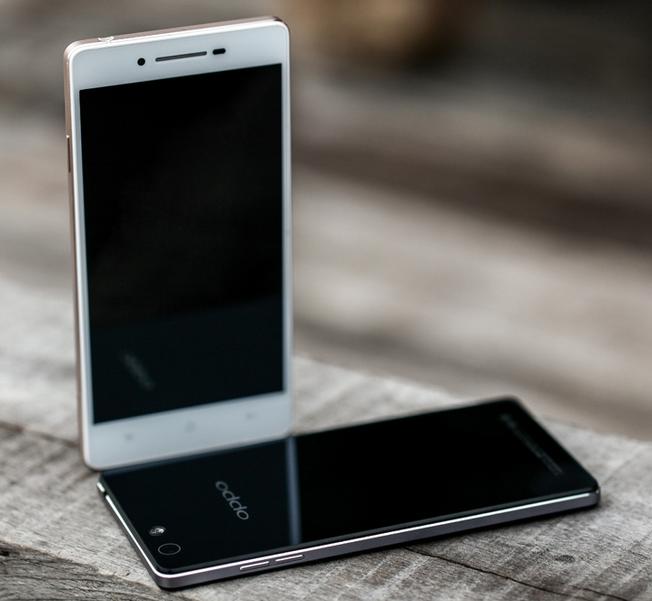
"Stuffing" corresponds to the device of the middle class. It is equipped with a Snapdragon 615 chipset, working in conjunction with 2 GB of RAM and 16 GB of flash memory. Non-removable battery has a capacity of 2420 mAh. The main camera 13 megapixel supports recording video in Full HD-format.
Price: about 25,000 rubles.
The protective element of the screen in modern smartphones is glass, which replaced the plastic resistive touchscreen. But glass, against the background of transparent polymers, has one major drawback: it is brittle. One small blow - and the screen is covered with spiderweb cracks. In order to prevent such an outcome, tempered glass with enhanced strength is being actively developed. Their most famous manufacturer is the American company Corning, famous for its brand Gorilla Glass.
Gorilla Glass is a glass with a special composition, subjected to chemical and physical treatment. Its goal is to modify the structure of the material to increase its resistance to scratches and bumps. Another advantage of it is the reduction of injury risk: fragments of tempered glass do not have very sharp edges. When using a smartphone with a cracked glass, the risk of cutting your finger is significantly reduced. The same applies to the screen of the phone, accidentally crushed in your pocket.
The idea of using chemical processing of glass to give strength was born in the first half of the 20th century. Then it was invented soda-calcium glass, which has increased reliability. In 1959, Corning began to test various methods of glass chemical processing. Then, using alkaline compounds and aluminosilicate, Chemcor glass was created, which was used later in aviation and road transport. But it is not widely spread.
That all changed in 2006, when Apple started developing the first iPhone. The plastic of resistive touchscreens quickly wore out and scratched, which Jobs did not like. Apple's leader turned to the leadership of Corning, and suggested reviving the technology. At that time, the company was independently trying to resume research in this area. Cooperation with Apple allowed to significantly increase investment in development. As a result, the first generation of Gorilla Glass was born.
For the manufacture of Gorilla Glass applied technology of hardening by ion exchange. Classic silicate glass is immersed in the melt of potassium salts, heated to temperatures of about 400-500 degrees. Under their influence, weak sodium ions in the glass are replaced with stronger potassium ions, which increases the strength of the product. Due to the strengthened molecular bonds that chemical hardening provides, the hardness of Gorilla Glass, on the Moss scale, reaches 6 points (out of 10, the hardness of steel is about 5).
The thickness of Gorilla Glass was about 1 mm, while the strength to impact was up to 3 times greater than that of ordinary tempered glass. For 2007 (when the thinnest smartphones were thicker than 10 mm), this was a normal figure. But soon the thickness of the device began to decrease, and there was a lot of extra millimeter.
Gorilla Glass 2
In January 2012, the company introduced the second generation of tempered glass Gorilla Glass. By that time, Corning's development has already been used in more than 200 million smartphones worldwide. The new version of Gorilla Glass has become 20% thinner, with an increase in strength properties up to 4 times. Engineers have improved the technique of saturation of blanks with potassium ions, ensuring their deeper penetration. This allowed us to make a layer saturated with them, thicker.
Gorilla Glass 3
To give greater strength Gorilla Glass 3, released in January 2013, the developers have improved the technology. According to the statements and tests of the manufacturer, it is able to withstand loads larger than sapphire crystal. The technology of Native Damage Resistance (inherent resistance to damage) allowed, at the same thickness, to increase the strength by 3 times (against the background of the second generation). Scratch resistance increased by 40%, and impact resistance was 50% higher.
Gorilla Glass 4
In the new generation of glass, shown in November 2014, the manufacturer has managed to reduce the thickness by 2 times, bringing it to 0.4 mm. The remaining characteristics (strength, resistance to impact and scratches), at the same time, remained at the level of the predecessor. The purpose of the new glass is to reduce the thickness of mobile devices without compromising their protection. According to the creators, it is 2 times stronger than the coating made by competing technologies.
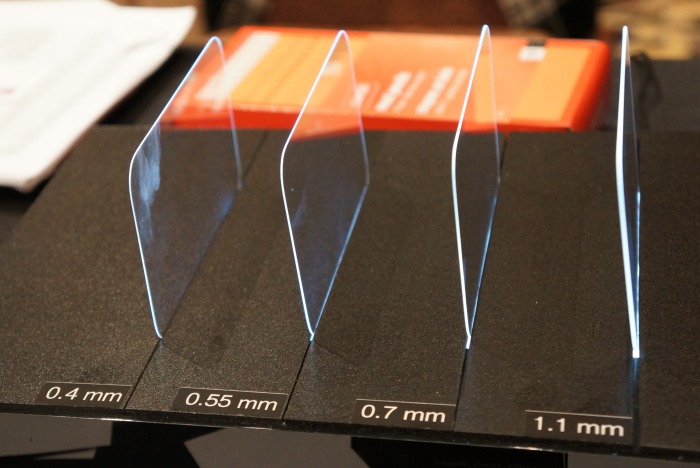
Alternatives to Gorilla Glass
Competing companies are not standing still, and are developing alternative coatings for screens that have increased strength. One of them is sapphire crystal, created by the method of synthesis of this mineral. It is highly scratch-resistant (only diamond and some synthetic substances can leave a mark), but more fragile as well as expensive.
The Japanese company Asahi, specializing in the development of new brands of glass, also succeeded in this field. In 2011, she released Dragontrail, a more affordable alternative to Gorilla Glass. It is slightly inferior to the competitor in terms of strength properties, but exceeds ordinary glass by 6 times. Due to the low price, Dragontrail is in demand among Chinese manufacturers, such as Xiaomi, Lenovo, Meizu. Even Sony equips them with their flagship Z series.
In Germany, the development of a competitor for Gorilla Glass is the company Schott. Their development Xensation Cover also claims to be one of the most durable types of glass. His presentation took place in 2012. As of 2016, the most well-known manufacturer using Xensation Cover is the Chinese company Meizu. The glass is used in the new budget smartphones of the M3 series.
What is Gorilla Glass
Gorilla Glass can be translated as "gorilla glass." The name underlines the incredible strength of the glass. This glass is manufactured by Corning - an American company with a 160-year history of development and innovation. Corning develops and manufactures products for fiber optic data transmission, medicine, special materials with specified characteristics, key components for the production of solar cells. The company is proud that the windows of the space shuttles are manufactured by it.
One of the key business areas of Corning is the production of substrates for monitors and televisions. The company developed the world's first glass substrate more than two decades ago, and today Corning is the leader in the design and supply of excellent-quality glass substrates for LCD monitors and televisions.
Advantages of Gorilla Glass
Gorilla Glass are sheets of thin glass of aluminosilicates, which are best adapted to survival in real life. In situations where other glass is destroyed or damaged, Gorilla Glass retains its original appearance. Its excellent composition allows for greater chemical enhancement than any other glass.
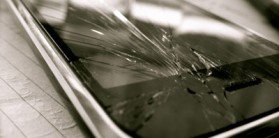 The strength of Gorilla Glass is 3 times higher than that of the best grades of traditional silicate glass. In addition, it has a greater so-called "residual resistance", that is, after causing damage, it is able to retain its mechanical qualities to a greater degree.
The strength of Gorilla Glass is 3 times higher than that of the best grades of traditional silicate glass. In addition, it has a greater so-called "residual resistance", that is, after causing damage, it is able to retain its mechanical qualities to a greater degree.
Gorilla Glass has other benefits. Thus, as glass thickness increases, its strength increases linearly, and the deviations of parameters from the average value are very small. Due to this, it is possible to accurately calculate the glass thickness, which is required to achieve the required level in protection devices. The high strength of Gorilla Glass allows it to fulfill the role of a supporting structural member. It becomes an indispensable element of devices, the screen of which has no external frame, and the useful working surface is as close as possible to the edges.
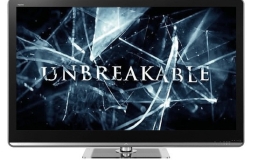 Gorilla Glass has a perfectly smooth transparency coefficient for the light of the entire visible range. This means that it is precisely those colors that reach the eye in the proportions that were originally created by the screen hiding under such glass. It should be noted that not all glasses have this property. To do this, just look out the window through the window, and then open it. Something subtle will change in purity of color, freshness. Any person is always easily and absolutely notice the difference. This is precisely due to the fact that traditional glass transmits light of different colors a little differently, and this shows its presence.
Gorilla Glass has a perfectly smooth transparency coefficient for the light of the entire visible range. This means that it is precisely those colors that reach the eye in the proportions that were originally created by the screen hiding under such glass. It should be noted that not all glasses have this property. To do this, just look out the window through the window, and then open it. Something subtle will change in purity of color, freshness. Any person is always easily and absolutely notice the difference. This is precisely due to the fact that traditional glass transmits light of different colors a little differently, and this shows its presence.
Gorilla Glass is an environmentally friendly product. It is recycled both in the production process when receiving technical waste, and in the composition of the finished product after the end of its operation. Gorilla Glass does not contain heavy metals, and in its production there is much less emission of harmful gases into the atmosphere than in the production of plastic.
Where is Gorilla Glass used
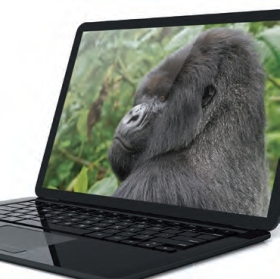 In recent years, more and more devices have acquired fine features, equipped with a touch screen, which also serves as a control panel. These are smartphones, laptops, TVs, consumer electronics. It becomes obvious that glass can offer a new design concept. Glass Gorilla Glass is thin - from 0.5 to 2 mm, which means light. It has good elasticity and bends like plastic.
In recent years, more and more devices have acquired fine features, equipped with a touch screen, which also serves as a control panel. These are smartphones, laptops, TVs, consumer electronics. It becomes obvious that glass can offer a new design concept. Glass Gorilla Glass is thin - from 0.5 to 2 mm, which means light. It has good elasticity and bends like plastic.
Prototypes of durable and thin glass appeared in the early 60s. At that time, glasses were developed for the automotive industry and several other requirements were put forward. Since then, Corning has improved its production technology, patiently waiting for the material with such properties on the market to become demanded by buyers.
How it's done
Glass Gorilla Glass is produced at two factories in the United States and Japan. At the beginning, sheets of 1250x900 mm are produced. Like ordinary glass, it is produced by smelting from the standard components for this process - silicon oxide (sand), lime and soda. They form the basis of any glass. In addition, oxides of various metals are added in small amounts. The composition of these additives is the secret of the recipe.
At the final stage of production, finished glass is chemically hardened. It is placed in molten salt at a temperature of 400 degrees. As a result, potassium ions penetrate the glass and replace smaller sodium ions. Such a substitution leads to internal stress between the glass layers.
Hardening dramatically increases the strength of glass and resistance to damage. It has been applied for a long time to other types of glass, but Corning has been able to achieve deep hardening, as a result of which not only the surface layers, but also the entire sheet over the entire depth, acquire greater strength. At the end of the process, glass is cut into workpieces of the right size: from the smartphone screen to the TV screen.
Gorilla Glass does not need grinding and additional processing - already leaving the conveyor, the sheets of glass have a perfectly flat surface.
In which products can it be found
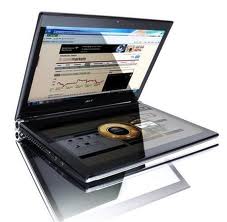 The company itself estimates that 200 million devices of thirty leading manufacturers using Gorilla Glass are currently operating in the world.
The company itself estimates that 200 million devices of thirty leading manufacturers using Gorilla Glass are currently operating in the world.
Such devices as Acer Iconia Tab W500 tablet, Nokia N9, N7, Desire smartphones, ACER Aspire Ethos laptops, Lenovo ThinkPad X1, Optimus, Sony Bravia NX720, HX820 TVs, use this glass. One of the mysteries is the question of whether Apple uses Gorilla Glass in its phones and tablets. The company itself does not recognize this, and Corning responds evasively: "Not all customers allow us to talk about them."
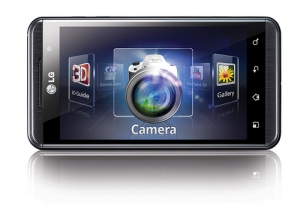 Of course, a complex manufacturing process increases the cost. However, a small fee for a more sophisticated product allows you to save the original look of your smartphone and laptop, protect it from damage even with heavy use and save you money.
Of course, a complex manufacturing process increases the cost. However, a small fee for a more sophisticated product allows you to save the original look of your smartphone and laptop, protect it from damage even with heavy use and save you money.
In this article we will analyze what constitutes a protective glass Gorilla Glass, how technology has changed, and what are the disadvantages and advantages of a protective glass from Corning.
On the protection of phone screens, manufacturers began to think immediately with the advent of touch screens.
This technology has become incredibly popular.
But, at first, it was not available to everyone because of the cost. And now they put protected glass even in budget phones.
Gorilla Glass History
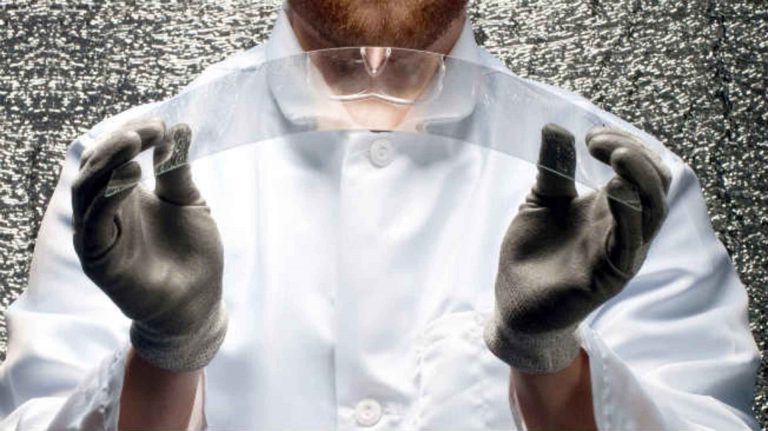
The first developments with protective glass appeared in the middle of the XX-th century. And this technology came up with the American company Corning.
First, back in 1959, experiments were carried out on processing glass with compounds of various chemicals to increase its strength.
Such glasses were developed in the framework of the Project Muscle project. Glasses planned to be used in cars and airplanes.
The next step was the creation of a very durable glass Chemcor.
But the mass distribution of this technology was not. The process was too expensive and expensive.

But that all changed with the arrival of Apple. More precisely, the company's needs in creating durable glass for the future hit iPhone phone.
Steve Jobs did not like the fact that the existing variants of covering the touch screens were very quickly scratched.
He drew attention to the development of Corning. Actually, Apple's financial investments allowed developing Gorilla Glass technology.
How do Gorilla Glass
Jobs needed a material that would replace the plastic used in the phones.
Tachkrinov then scratched "with a bang." And the head of Apple is absolutely not satisfied.
This is where Corning’s development, called Gorilla Glass, came in handy.
In 2007, this was an incredible breakthrough. And this despite the rather large glass thickness - 1 mm.
But for that time it was normal. Then even the rather plump first iPhone was considered thin.
The first generation of glass was made of aluminosilicate.
Time changed, the phones began to "lose weight." And smartphones needed thinner glass.
Testing Gorilla Glass
Testing Gorilla Glass
The second generation - Gorilla Glass 2
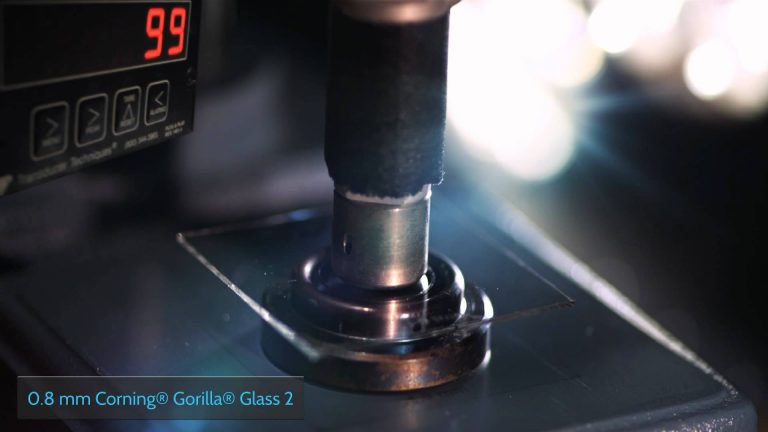
New glass Gorilla Glass appeared in January 2012. Corning managed to create glass that was nearly 20% thinner and four times stronger than its predecessor.
It turned out to be done thanks to a new method of creation.
Now potassium ions have penetrated deeper into the glass, creating stronger bonds.
The novelty was presented not in conjunction with the phone, but shown at the exhibition.
This allowed the company to enter into lucrative contracts with other manufacturers of smartphones, and not only.
As a result, Gorilla Glass 2 protected glass appeared in brands such as Nokia, Motorola, LG, and others.
Glass has appeared on 200 million smartphones worldwide.
Check Gorilla Glass 2
By the way, this glass is on all versions of the Samsung Galaxy S6, on Galaxy Note 4 and Galaxy Note 5.
Also in Huawei models such as the Nexus 6P and Ascend P8.
In LG, fourth-generation security glass was used on the Nexus 5X and LG G4.
Testing and Testing Gorilla Glass 4
New Generation - Gorilla Glass 5
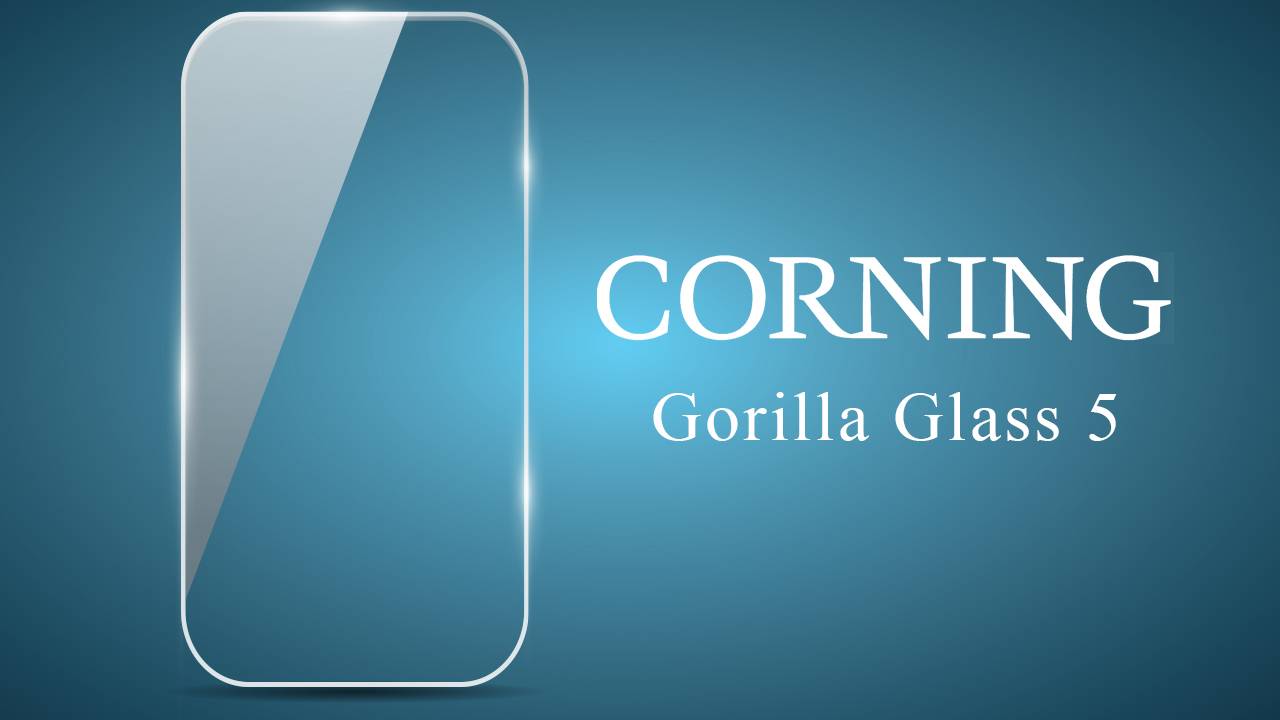
The most recent version of Corning safety glass is Gorilla Glass 5.
Naturally, glass is stronger than the previous generation.
Engineers of the company claim that glass has become 1.8 times stronger than its predecessor.
And, at the same time, four times stronger than the competition.
Tests have shown that in 80% of cases of falling glass is not damaged.
This is when falling from a height of one meter 60 centimeters. Practically, when you drop out of your pocket, your screen remains whole.
But, if you are above the average size, glass is unlikely to withstand falling onto asphalt.
Also, independent experiments showed that Gorilla Glass 5 glass is scratched even easier than the previous generation. But, what not to take away, it is really durable.
The first phone that received this glass was the Samsung Galaxy Note 7.
Video verification Gorilla Glass 5
Competitors Gorilla Glass 5
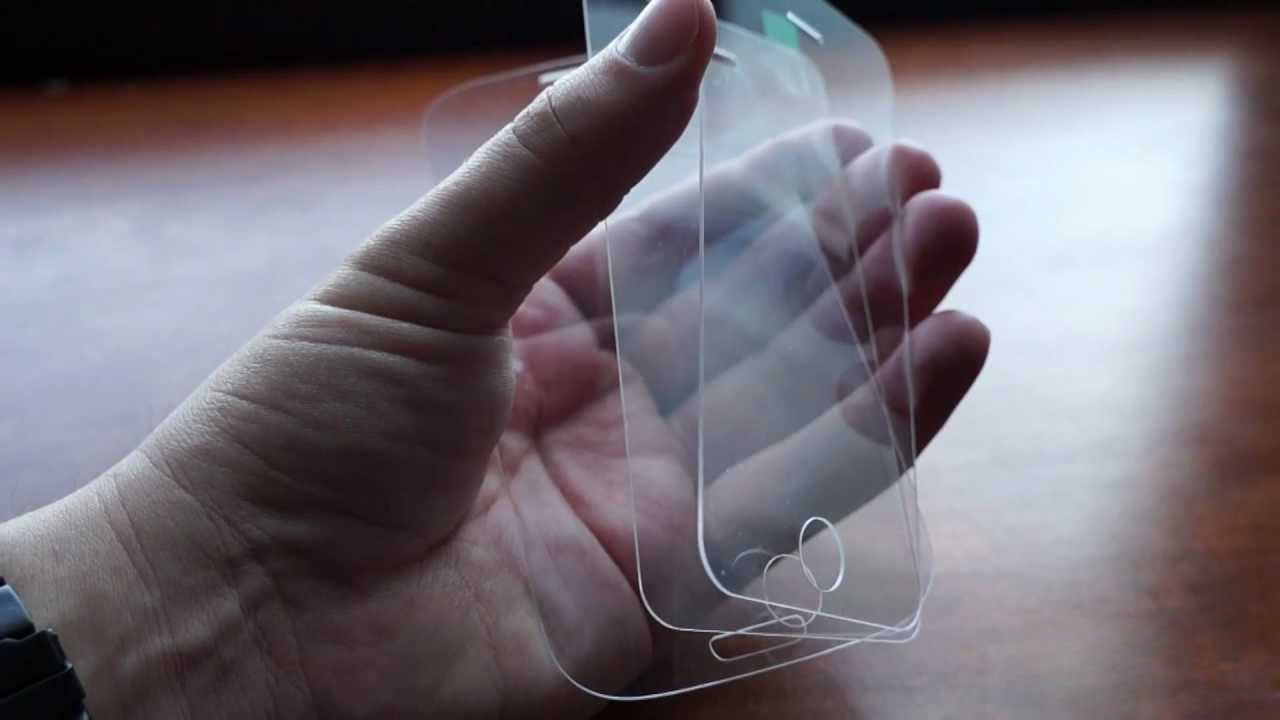
According to statistics, by the middle of 2016, Gorilla Glass protective glass stood on more than 4.5 billion devices in the world.
Naturally, such popularity could not cause competition.
At the moment, several companies are coming up with their solutions to protect the screens of our smartphones.

The simplest solution is to use sapphire glass. It, by the way, is used to cover the main cameras on.
Such glass is really not afraid of scratches. After all, you can only damage it with a diamond.
But it is more fragile. And the cost of manufacture does not allow to put it on the screens.
Dragontrail
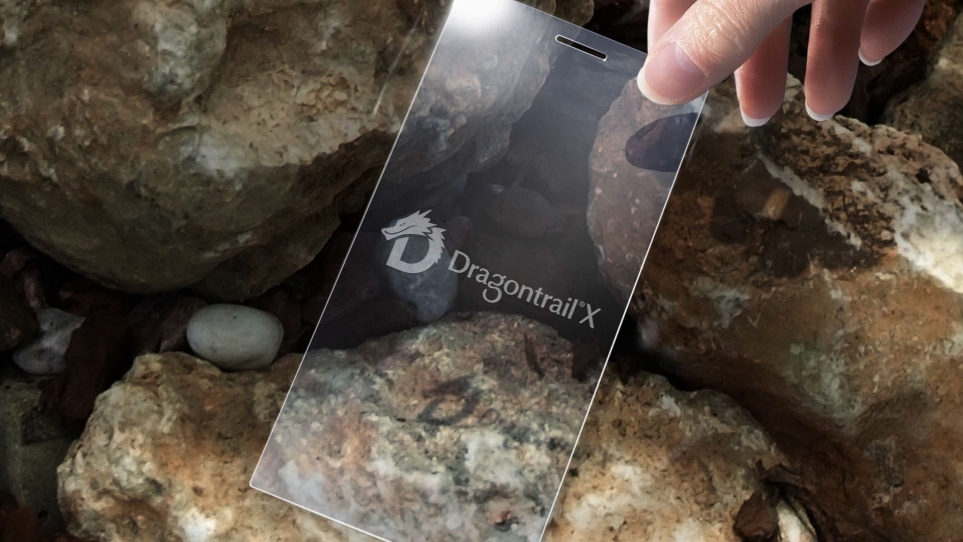
Another option is Dragontrail tempered glass. It is produced by the Japanese company Asahi (a division of Mitsubishi).
It is cheaper to produce than Gorilla Glass.
According to the characteristics of Dragontrail stronger than ordinary glass.
Not surprisingly, smartphone manufacturers began to use glass.
Most often they are put on budget models by companies like, and.
Even Sony has chosen this glass for its flagship Z series.
Xensation Cover
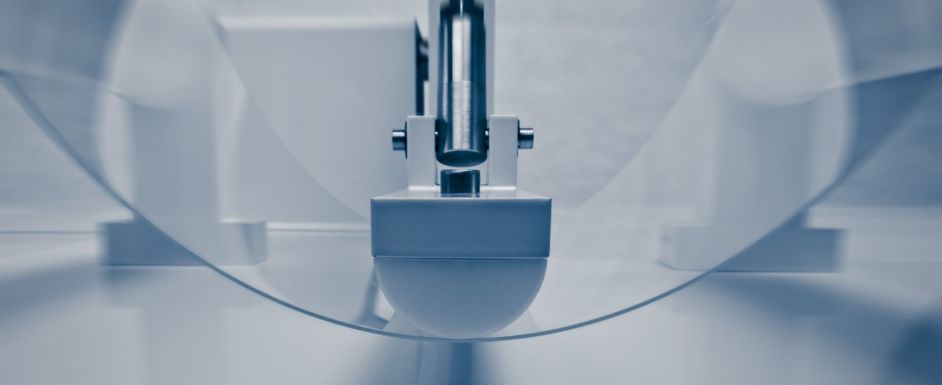
Another competitor, Gorilla Glass, is produced in Germany. This is the Xensation Cover from Schott.
Their development was first presented in 2012.
And now Xensation Cover has become the main rival of Gorilla Glass, both in terms of strength and availability.
In 2016, among the customers of Schott was the Chinese company Meizu, which put these glasses in its budget M3 series phones.
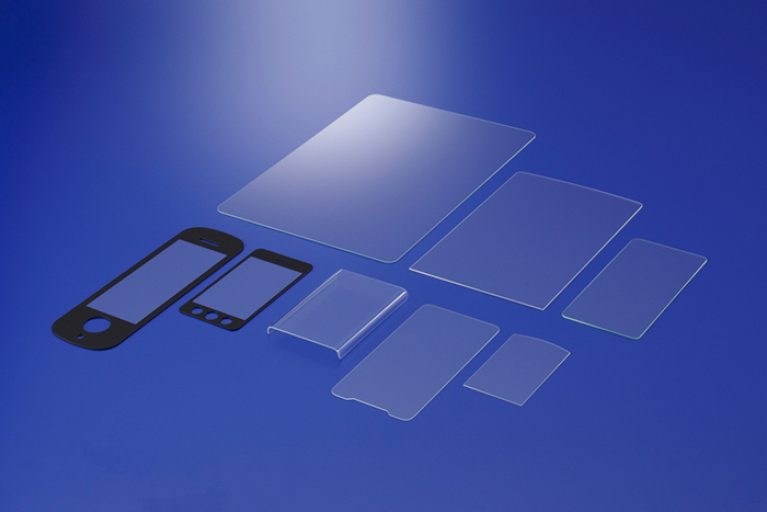
New to the market of protective glasses for smartphones - Dinorex. But the company Nippon itself has been producing protective glass for automobiles and construction since 1918.
With the advent of computers, Nippon switched to.
And now it's time for smartphones.
The company in its arsenal has two models of glass - Dinorex T2X-1 and Dinorex T2X-0.
And, if the first option was just a protective glass, the second option is designed specifically for touch screens.
